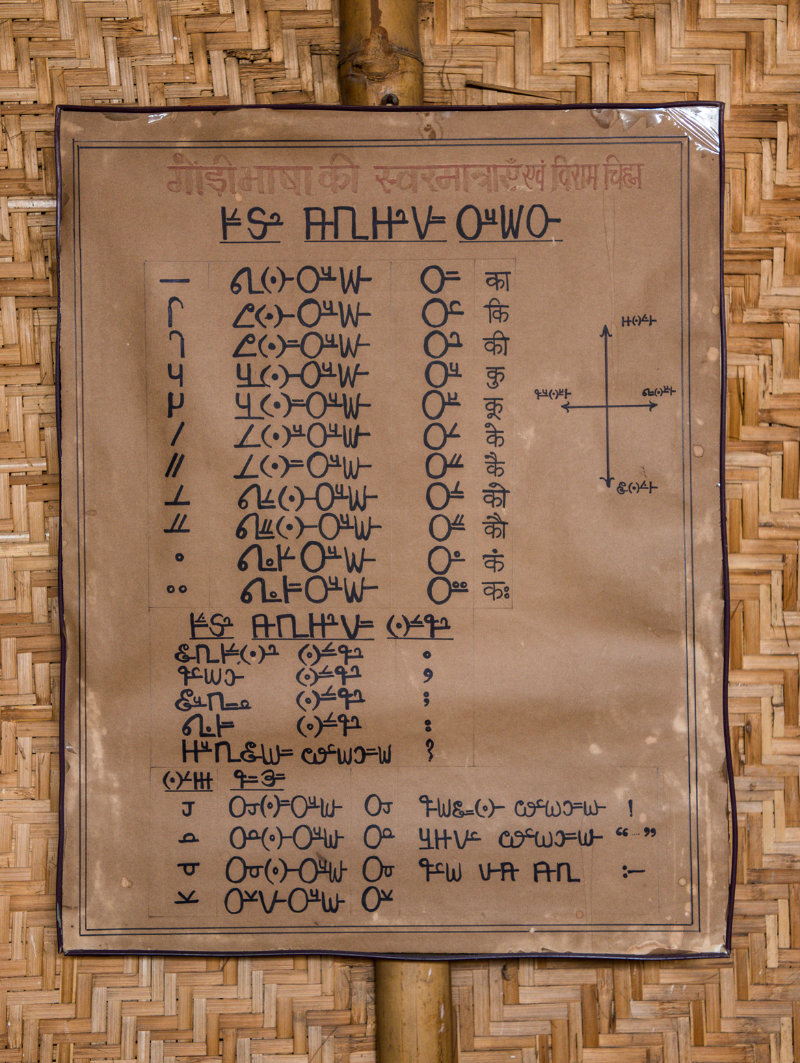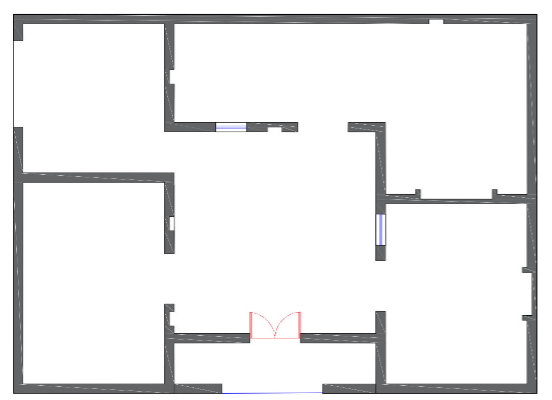Entry Fees : Rs. 20/- per Indian Visitor.
Rs. 400/- per Foreigner.
Camera Charges - Rs 100/- per Camera
 The Gond is an important and largest tribe of India. In the tribal-dominated state of Madhya Pradesh, Gonds live in Betul, Narmadapuram, Chhindwara, Balaghat, Shahdol, Mandla, Sagar and Damoh. In the forests of Vindhya and Satpura mountain ranges in Madhya Pradesh and in the entire route from Amarkantak, the origin of the Narmada river to till it meets in the sea at Bhadonch (Gujarat), one or the other branch of the Gond tribe definitely resides. In addition to Madhya Pradesh, the Gonds live in Maharashtra, Andhra Pradesh, Bihar, Orissa, Chattisgarh, Karnataka, West Bengal, Gujrat and Uttar Pradesh. According to the 1991 census, the population of Gond tribe in Madhya Pradesh was 67,23,838.
The Gond is an important and largest tribe of India. In the tribal-dominated state of Madhya Pradesh, Gonds live in Betul, Narmadapuram, Chhindwara, Balaghat, Shahdol, Mandla, Sagar and Damoh. In the forests of Vindhya and Satpura mountain ranges in Madhya Pradesh and in the entire route from Amarkantak, the origin of the Narmada river to till it meets in the sea at Bhadonch (Gujarat), one or the other branch of the Gond tribe definitely resides. In addition to Madhya Pradesh, the Gonds live in Maharashtra, Andhra Pradesh, Bihar, Orissa, Chattisgarh, Karnataka, West Bengal, Gujrat and Uttar Pradesh. According to the 1991 census, the population of Gond tribe in Madhya Pradesh was 67,23,838.
Gond is considered to be a deviation of the word Kond of Telugu language. The word Konda means a forest covered mountain in Telugu. Some historical evidences of Gonds are found in Madhya Pradesh. In ancient times, a large part of this region was called Gondwana. Many Gond forts and kings are mentioned in their myths and on the basis of archaeologically found evidence, it is believed that there was a time when Gond community had ruled on this large land. Though, all the opinions differ on origin of the tribe. Some scholars have opinion that they had come from south whereas others believe that their origin place is Amarkantak or the Narmada region. On the basis of Gondi dialect their arrival from the south is confirmed. Gondi is a member of Dravidian language group. Though the gonds from Madhya Pradesh generally don't speak gondi, instead they use Chhatisgarhi dialect in general.
The Gonds living in different regions are known by many sub-branches. Even if their community names are the same, there is lot of difference in their lifestyle. In Mandla the Gonds are engaged in farming so they are called Rajgond. Most of the Gond artists who had worked at the Museum belong to Mandla-Dindori area itself. Pardhan Gonds, the singers of Gond rulers and Badadev, the Bhimma, who keep moving from one place to antoher and Dhoba, Koila Bhuta, Agarias (iron smellter) are found in this area as well.
The Gond community is very fond of stories, idioms, riddles as well as dance and music. Karma, Saila, Rina, Dadaria and Sua are their main dance forms, which are called Swang, Gammat or Tamasha. Festivals associated with the seasons-cycle like Bidari Puja, Hardhili, Navakhani, Jawara, Madai, Chherata Bakbadhi etc are celebrated with great enthusiasm.

For years, the Gond women have been decorating the walls and floors of their mud houses using clay and easily available colours. This age old practice in local dialect is known as Naahdora, Chinha, Dhig lagana or Dhigna. The main entrance of the house is mostly east facing and on the left side is kept as a cow shed, which is supposed to be a sacred place in the house where all the auspicious occasions are celebrated and important rituals are performed.
Their house can be divided into Paita Bangla, Purchi, Angan, Mudhat Ghar and Kuria. Paitha Bangla means meeting place where people come and sit. Parchhi is the half-open verandah adjacent to the courtyard, where all the tools related to farming and animal husbandry are kept. Mudhat Ghar means the actual house where the stove burns. Here grains, pulses, oilseeds are kept for the whole year and it is also the place of the deity of the house. The house deity is enshrined at a small platform in front of the wall where the chulha is built. Although there is no deity idol etc., but at the time of building a house, some grain, one or two coins are kept in a pit here remembering the deity. All the other rooms are called Kuria. Having a big zero in the form of a courtyard in the middle of the house is the most special feature of the Gond and in a way the Indian traditional house.
Artist: Arjun Singh, Gupt Singh, Dhookal Singh, Vanshraj Singh, Dev Singh, Basori Singh, Girvar Singh, Chain Singh, Bhagwaniya Bai, Savitri, Kavita, Bhana, Suranjana, Narbadiya
Region – Dindori